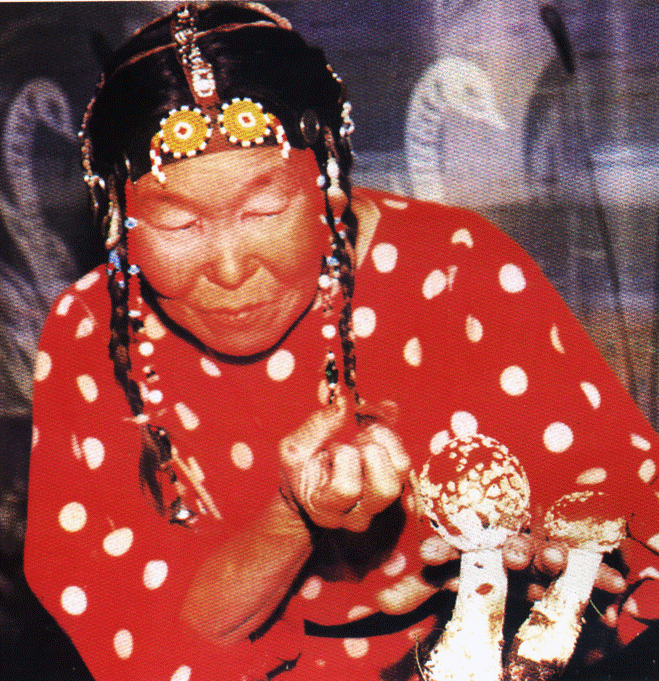

COCT MINISTRY
CHURCH OF COGNITIVE THERAPY
mental, physical, and spiritual development

En·theo·gen [god within; god- or spirit-facilitating] a psychoactive sacramental; a plant or chemical substance taken to occasion primary religious experience. Entheogens provide human-beings with a doorway to the Divine for personal enlightenment, which directly affects one's own religiosity (religious devotion) through mental, physical and spiritual development. These holy sacraments have assisted indigenous peoples and other human-beings with Divine healing for thousands of years.






























































Entheogenic:―The term means literally 'becoming divine within', and can be seen as the user realizing that the divine infuses all of the creation, or specifically that the entheogenic plant is itself infused with the divine.
The Church of Cognitive Therapy recognizes the shamanic use of entheogenic sacraments for personal enlightenment pertaining to the physical and spiritual healing of the mind, body, and soul.
Shamanism and Animism
are traditional belief systems that consider the entire universe to be alive and interconnected. Shamanism in practice is used to heal and enlighten, using ceremonials that can include rhythmic music, mind-altering drugs, and mythic journeys into the subconscious. There are also numerous descriptions of Shamanism and related topics in the Native American, Traditional Asian, Australian, Pacific, and African sections
Reference:
Internet Sacred Text Archive (ISTA), (2010). Shamanism. Sacred-texts. https://sacred-texts.com/sha/index.htm
The use of plants to connect with the Divine for the purpose of enlightenment my be expressed in an entheogenic religion or form of spiritual worship. Entheogens have been present in religion and forms of spirituality in some of the world’s oldest forms of religion and spirituality dating back more than 12,000 thousand years. It spans the globe and exists in every part of the world. It is the focal point of many major and minority religions. Many religions and forms of spirituality use plants as a means to elevate themselves to connect with the Divine for the purpose of enlightenment.




Entheogenic & Indigenous Spirituality Resources
Council on Spiritual Practice
"The Council on Spiritual Practices is a collaboration among spiritual guides, experts in the behavioral and biomedical sciences, and scholars of religion, dedicated to making direct experience of the sacred more available to more people. There is evidence that such encounters can have profound benefits for those who experience them, for their neighbors, and for the world."

The Foundation for Shamanic Studies
Preservation and Revival of Indigenous Shamanism
The Foundation is dedicated to preserving, studying, and teaching shamanic knowledge for the welfare of all. The FSS has initiated a wide range of projects and programs for carrying out this three-part mission. Results from these strategic programs are incorporated into FSS courses worldwide.

Psilocybin Mushrooms – “God Mushrooms”
The History of Psilocybin Mushrooms
As archeological evidence suggests, many cultures around the world have used mushrooms for ritualistic and sacred practices. The earliest depiction of the shamanic consumption of mushrooms is thought to be a cave painting located in the upper Tassili plateau of northern Algeria. The painting dates back to at least 5,000 B.C. (Samorini, 1992).

Native American Church
"Much of the theological interpretation and spiritual belief of the Native American Church is highly individualized, with the conservative ritual providing a sacred setting for personal introspection and meditation. A basic creed of reverence for universal nature and the tenets of "faith, hope, love and charity" characterize the collective doctrine. The Native American Church is a religion of diffusion that accommodates a wide range of local traditions and practices. Congregations and even individual members incorporate differing degrees of Christian theology and Indian symbolism in their practice of Peyotism."

Ayahuasca and Amazonian Shamanism
The origins of the shamanic use of ayahuasca are lost in the mists of history but there are many different stories among indigenous tribes of the Amazon about the how they initially came to work with this medicine. In an indigenous context, ayahuasca was used by the shamans of the Amazon region for healing and divinatory purposes. Complex rituals surround the preparation and use of ayahuasca that have been passed down through generations of healers. By holding healing ceremonies, they use the medicine as a diagnostic tool to discover the roots of illnesses in their patients.

